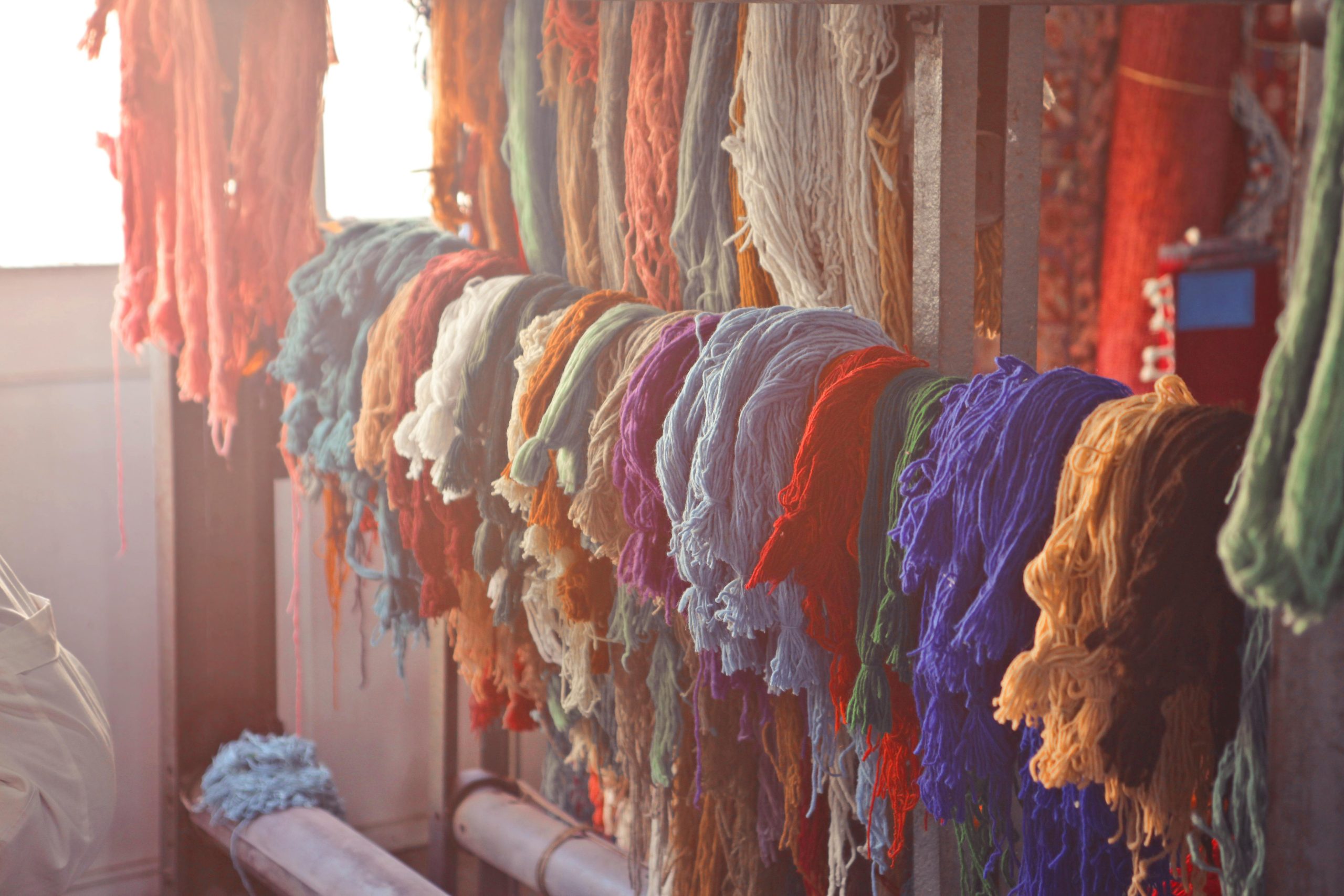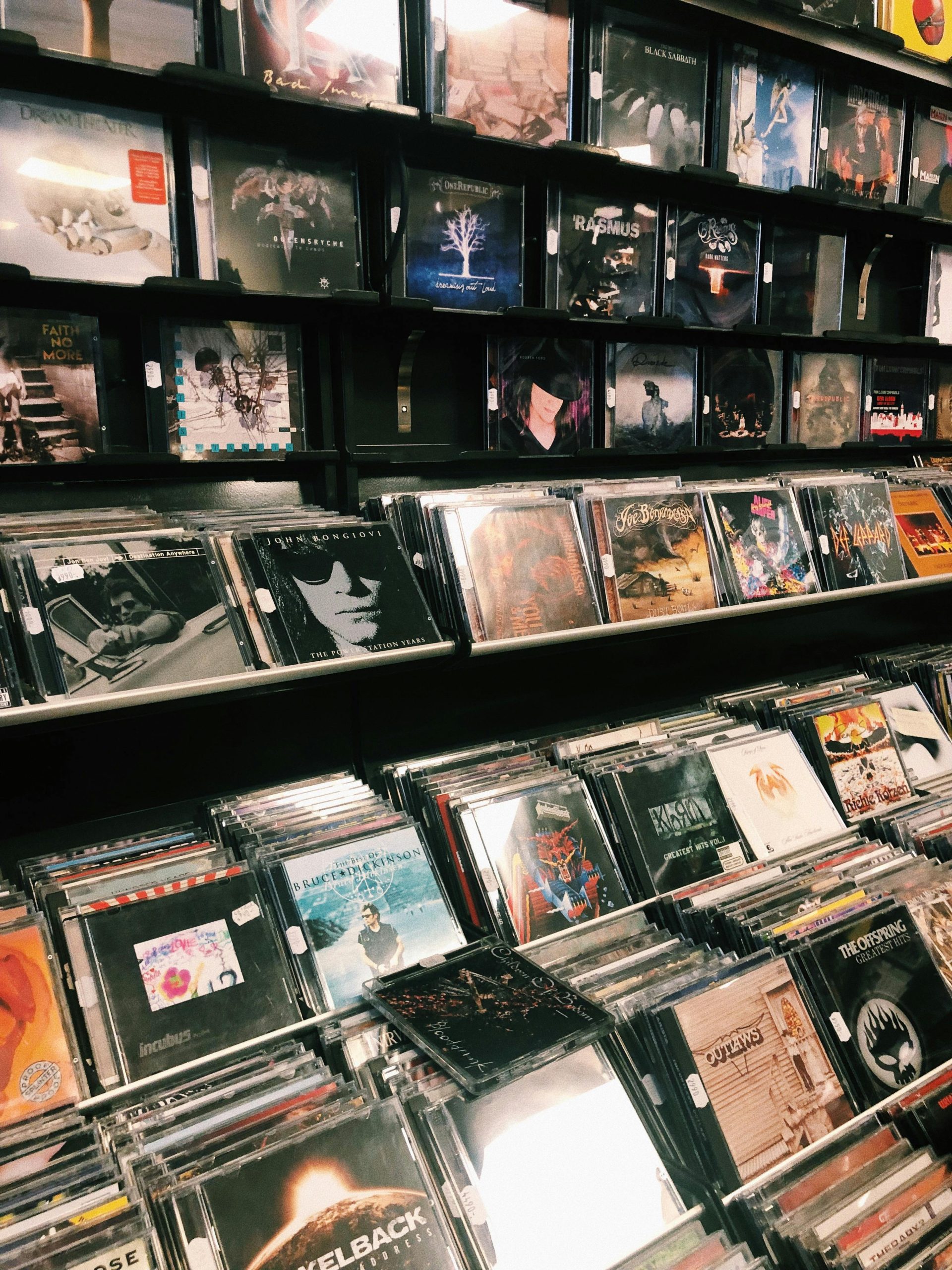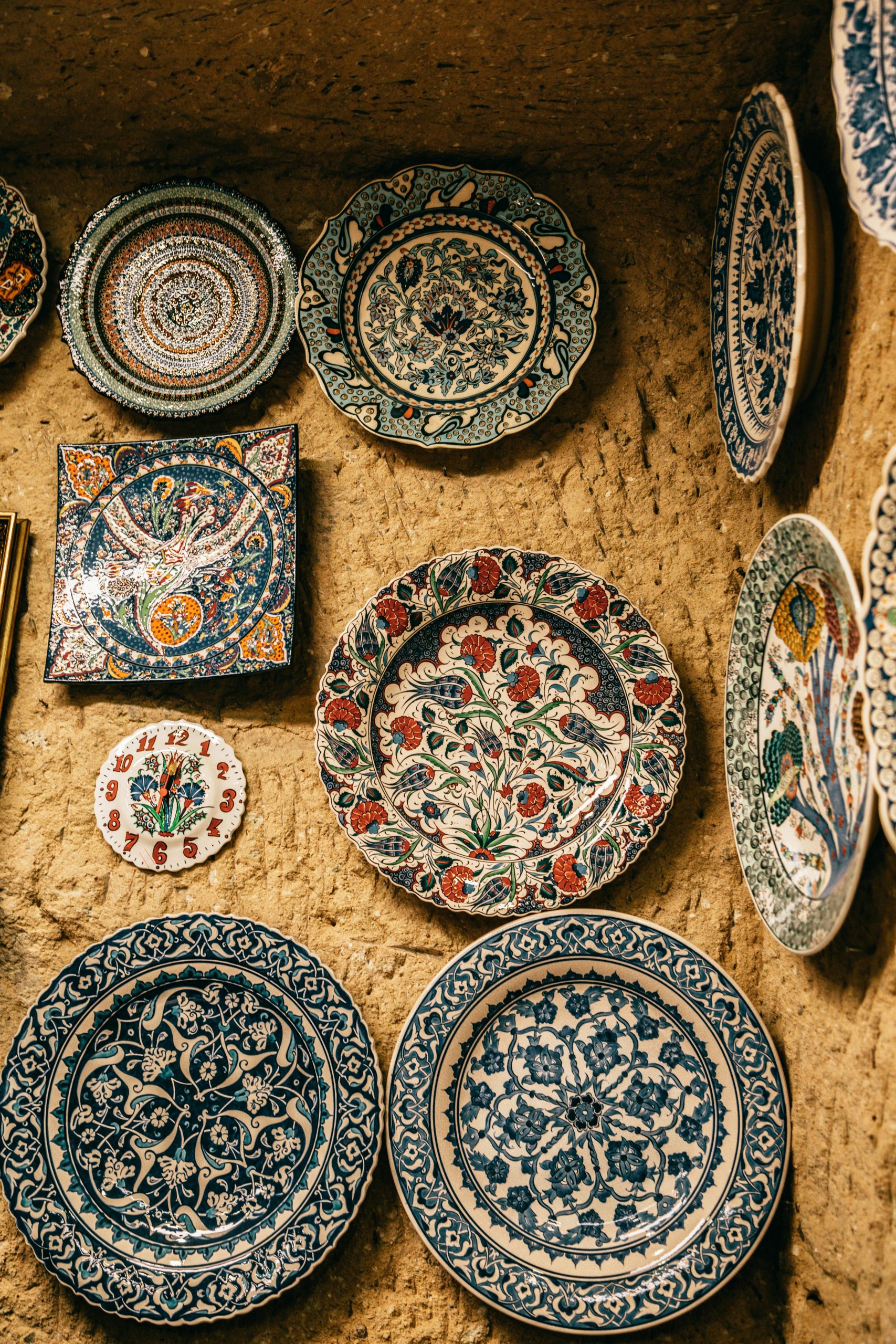Investing in the Australian Art and Collectibles Market

The Australian art and collectibles market is a vibrant and dynamic sector, offering unique investment opportunities. Current market trends indicate a growing interest in Indigenous art and contemporary pieces, reflecting Australia’s rich cultural heritage and modern artistic expressions. This shift is not only enhancing the market’s diversity but also its appeal to a broader range of investors.
Historically, art and collectibles have shown resilience as an investment, often outperforming traditional stocks and bonds during periods of economic uncertainty. This asset class provides a tangible connection to history and culture, adding a layer of emotional value that is rare in other investments.
Key Australian Artists and Collectibles to Watch
Among the luminaries, artists like Emily Kame Kngwarreye and Brett Whiteley have become synonymous with high-value investments, their works continually appreciating over time. Similarly, collectibles such as vintage Australian coins and stamps, and limited-edition prints by contemporary artists, are gaining traction. These pieces not only enrich a collection but also hold the potential for significant financial returns.
Investing in Australian art and collectibles is not just about financial gain; it’s about preserving and participating in the cultural narrative. With careful selection and a keen eye on market trends, investors can find themselves custodians of pieces that carry deep cultural significance and appreciable value.
Legal and Tax Considerations for Australian Investors

When delving into the Australian art and collectibles market, understanding the legal and tax implications is crucial. Investments in art and collectibles are subject to unique tax considerations. Capital gains tax (CGT) applies when these assets are sold at a profit, though specific exemptions can apply, particularly if the item has been held for personal enjoyment. However, the line between personal enjoyment and investment is nuanced, requiring careful navigation. Additionally, the Goods and Services Tax (GST) may impact the buying and selling process, depending on the circumstances of the transaction.
The authenticity and provenance of an artwork or collectible are not just matters of value but of legal importance. Authenticity guarantees that the piece is not a forgery, while provenance provides a history of ownership, crucial for legal ownership and in assessing the item’s value. In a market where forgeries can circulate, the significance of these factors cannot be overstated. Furthermore, Australian Cultural Heritage laws play a pivotal role, protecting items of significant cultural value from leaving the country. These laws ensure that investments in art and collectibles are not just about personal or financial gain but contribute to preserving Australia’s cultural heritage. Investors must be aware of these regulations to avoid legal pitfalls and ensure their investments are both lawful and beneficial to the broader cultural narrative.
- Capital Gains Tax (CGT) and Goods and Services Tax (GST) implications require careful consideration.
- The importance of provenance and authenticity cannot be overstated in legal and valuation terms.
- Australian Cultural Heritage laws protect significant items, affecting how art investments are managed.
Financial Planning and Art Investment

Incorporating art and collectibles into your overall investment strategy offers a fascinating blend of cultural engagement and financial opportunity. Assessing risk and return in the art market requires a nuanced understanding, as these assets often behave differently compared to traditional investments. The art market’s volatility can be mitigated by thorough research and a focus on quality and historical significance. Diversification benefits are particularly pronounced in an investment portfolio that includes art. By spreading investments across various asset classes, including art, investors can reduce risk and potentially smooth out the volatility of their portfolio’s performance. Art’s unique attribute of holding value, even in turbulent economic times, makes it an attractive option for those looking to diversify.
- Thorough research is key to understanding the art market’s nuances.
- Diversification benefits of art can help mitigate portfolio volatility.
- Art holds value in various economic conditions, offering a stable investment option.
Navigating the Purchase and Sale of Art and Collectibles

Entering the realm of art and collectibles in Australia opens a gateway to a world where culture meets investment. The avenues for acquiring these treasures are as diverse as the pieces themselves. Auction houses, revered for their high-stakes bidding wars, offer a thrilling platform for securing rare finds. Galleries, on the other hand, provide a more intimate setting, allowing for a closer connection with the art and its narrative. The digital age brings online marketplaces into the mix, where convenience meets vast selection, enabling collectors to discover and purchase pieces from the comfort of their homes. Amidst these options, the guidance of art advisors and consultants becomes invaluable. These experts not only navigate the complexities of the market but also tailor acquisitions to align with both personal tastes and investment strategies.
- Auction houses and galleries offer traditional and intimate purchasing experiences.
- Online marketplaces provide convenience and a broad selection.
- Art advisors and consultants play a crucial role in navigating the market and aligning purchases with investment goals.
When it comes to negotiating the purchase or sale of art, knowledge is power. Understanding the current market value of pieces, the significance of provenance, and the nuances of condition and rarity can position you favorably in negotiations. Building a rapport with sellers and leveraging the expertise of advisors can also lead to more favorable terms. Whether you’re a seasoned collector or a newcomer to the art world, these strategies can enhance your journey in the Australian art and collectibles market, turning investments into legacies.
The Digital Frontier: Revolutionizing Art Investment

The advent of digital technology has ushered in a new era for art investors, transforming the landscape with innovations like blockchain and online marketplaces. Blockchain technology, in particular, has become a game-changer in establishing art authenticity and provenance tracking. This digital ledger offers an immutable record of an artwork’s history, ensuring its authenticity and providing investors with unparalleled peace of mind. The impact is profound, bolstering confidence in the art’s value and provenance, which is crucial in a market where authenticity equates to value.
Simultaneously, the rise of online platforms has democratized access to the art market, allowing investors to explore and acquire Australian art with unprecedented ease. These platforms serve as bustling marketplaces, showcasing a diverse array of artworks, from Indigenous pieces to contemporary digital art. The emergence of digital art and Non-Fungible Tokens (NFTs) has further expanded the horizon, introducing a novel asset class to the Australian market. NFTs, representing ownership of digital art through blockchain, have captivated investors with their uniqueness and potential for appreciation. This digital renaissance is not just reshaping how art is bought and sold but also expanding the very definition of collectible art.
- Blockchain technology enhances art authenticity and provenance tracking.
- Online platforms open up the Australian art market to a global audience.
- Digital art and NFTs introduce new investment opportunities, blending technology with creativity.
The Role of Digital Technology in Art Investing

The advent of digital technology has revolutionised the art investment landscape. At the forefront, blockchain technology is redefining the concept of art authenticity and provenance tracking. This innovation ensures a tamper-proof record of an artwork’s history, enhancing trust and transparency in transactions. Meanwhile, online platforms and marketplaces have emerged as pivotal tools for Australian art investors, offering unparalleled access to a global selection of artworks. These platforms not only simplify the buying and selling process but also democratise access to the art market, allowing both seasoned collectors and novices to participate. Furthermore, the rise of digital art and Non-Fungible Tokens (NFTs) has introduced a new frontier in the Australian market. This digital evolution is not just changing the types of art being collected but also the very nature of collecting, offering novel ways to own and trade art in the digital realm.
- Blockchain technology enhances art authenticity and provenance tracking.
- Online platforms provide easy access to a global art market.
- Digital art and NFTs open new avenues for collecting and investing.
The Role of Digital Technology in Art Investing
The advent of digital technology has revolutionised the art investment landscape. At the forefront, blockchain technology is redefining the concept of art authenticity and provenance tracking. This innovation ensures a tamper-proof record of an artwork’s history, enhancing trust and transparency in transactions. Meanwhile, online platforms and marketplaces have emerged as pivotal tools for Australian art investors, offering unparalleled access to a global selection of artworks. These platforms not only simplify the buying and selling process but also democratise access to the art market, allowing both seasoned collectors and novices to participate. Furthermore, the rise of digital art and Non-Fungible Tokens (NFTs) has introduced a new frontier in the Australian market. This digital evolution is not just changing the types of art being collected but also the very nature of collecting, offering novel ways to own and trade art in the digital realm.
- Blockchain technology enhances art authenticity and provenance tracking.
- Online platforms provide easy access to a global art market.
- Digital art and NFTs open new avenues for collecting and investing.
Future Trends in the Australian Art and Collectibles Market

The Australian art and collectibles market is on the cusp of a transformative era. Emerging Australian artists are gaining recognition, propelled by their innovative approaches and unique perspectives. This fresh wave of talent is reshaping the landscape, introducing new genres and mediums that captivate collectors and investors alike. As these artists gain traction, their works are becoming highly sought after, setting new trends in the collectibles domain.
Global economic trends wield significant influence over the Australian market. Fluctuations in the global economy can impact investor confidence and spending power, affecting the art market’s dynamics. However, art’s enduring value often sees it emerge as a resilient investment during economic downturns. This resilience, coupled with Australia’s growing reputation on the global art stage, positions the market favourably against international shifts.
Sustainability and ethical considerations are increasingly at the forefront of collectors’ minds. The provenance of artworks, the materials used, and the ethical practices of artists and galleries are under scrutiny. Collectors are seeking pieces that not only hold aesthetic and financial value but also align with their values. This shift towards ethical collecting is fostering a more responsible and sustainable art market.
Investing in Australian art and collectibles offers a unique blend of cultural enrichment and financial opportunity. With an eye on emerging trends and a commitment to sustainability, investors can navigate this vibrant market, securing pieces that promise both personal satisfaction and potential for appreciation. The future of the Australian art and collectibles market is bright, marked by innovation, resilience, and a deepening appreciation for ethical and sustainable practices.
In Closing
Australian art and collectibles offer more than aesthetic value. They represent a unique investment avenue, blending cultural significance with financial opportunity. This market, rich in diversity and history, invites investors to partake in a journey that not only promises potential financial returns but also cultural enrichment. Through strategic selection and an understanding of market dynamics, investors can navigate the complexities of this vibrant market. Looking ahead, the fusion of traditional art and digital innovation opens new horizons for investment, urging a forward-thinking approach to collecting. Embrace the future of investing by exploring the rich tapestry of Australian art and collectibles.

Ayesha Brueckner is your typical 24 year. Carrying a mountain of student debt. Looking at house prices and wondering if buying one will ever be possible. Looking for income solutions outside of a weekly wage. Join her on her investment and wealth research journey.

